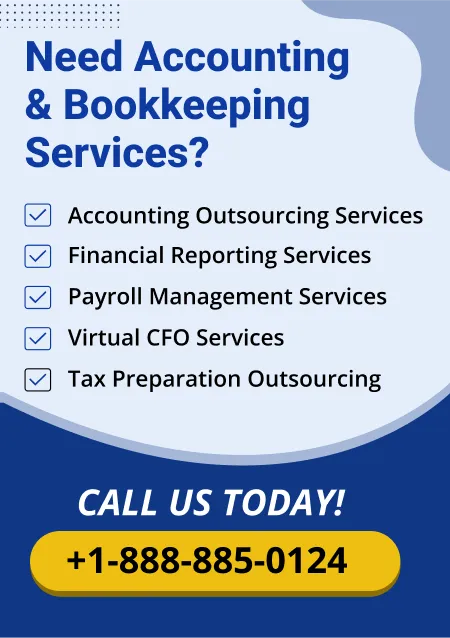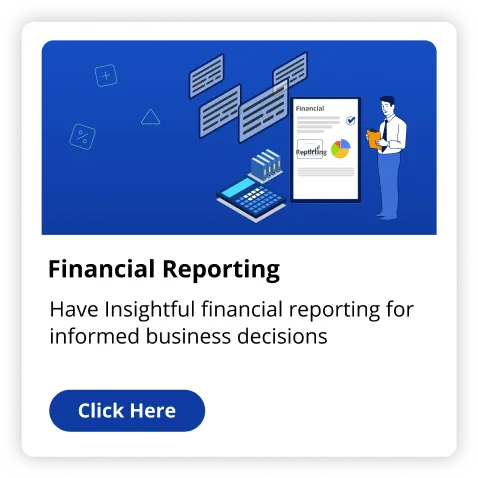Adequate cash flow is essential for business. Business operations cannot continue without cash flow. It also means that your business will become stifled. Business expenses may need to be met. A lack of cash flow can quickly kill a business. After all, it is essential to have strategies for improving your cash flow. It means increasing cash inflows. It also involves restricting cash outflows. Knowing how to improve cash flow is a helpful set of skills. There are some actionable tips for improving cash flow. This article deals with cash flow in business. It also explores how it can improve with some tips/strategies.
Cash Flow
Cash flow is the movement of money. It means money coming and leaving a business. It is expressed through the cash flow statement. It is one of three primary financial statements that all enterprises generate. A cash flow statement shows a company's cash flow during a period. If you keep up with your company's accounting records, you should understand cash flow well. If you want to increase your knowledge, using an accounting software solution can help. Naturally, accounting software leads to better cash flow management. In turn, this causes cash flow improvements.
Cash Flow Strategies: Inflows
Improving your cash inflow can help you make money quickly. Here are some tips that you can use to improve cash flow.
1. Convince to Pay Early
Paying discounts to customers is a way to make money fast. A prompt pay discount is simple. When customers pay promptly, they're offered a discount in return. It should be a slight discount. You never want to lose money when offering a discount. Finding the right balance between too much and not enough is difficult. However, you'll see cash coming in quickly once you've found the right amount. Customers rarely turn down savings.
Another discount you might consider offering is a cash payment discount. This increases cash flow, too. Cash payments come with no processing fees. This means that the money goes directly into your business’s pockets. Few customers pay in cash, but offering a cash payment discount may change that.
2. Sell Off Aging Inventory
Inventory management can be complex for some companies. As such, excess inventory (or surplus inventory) may occur. This may be part of your current inventory. Sometimes, it's a result of ageing inventory. Either way, having too much of it isn't good for business.
Please get rid of your inventory by discounting it. This needs to be done in a specific manner. You have to set prices that will yield a profit but sell quickly. Most times, excess inventory is unnecessary. As such, selling it at a discounted price may be a way to generate cash flow that you wouldn't otherwise see.
3. Upsell, Upsell, Upsell
When you upsell to existing customers, you'll need to look at their purchase history. Looking through customer receipts can help you understand what they're looking for. Once you know their typical orders or information, reach out. Offer them services or goods that they'd be interested in alongside their usuals. This does two things. First, it gets you a sale you may have yet to have had. Second, it tells your customers that you're paying attention. This can make a world of difference.
4. Increase Your Prices
However, price increases are a more significant part of marketing strategies. Your marketing efforts should be based on why customers purchase your items. If you don't highlight why your product is worth the price it's set at, then this can adversely affect sales.
The associated costs are one of the most vital reasons for using this cash improvement strategy. When you increase the price of a product you sell, you aren't creating an additional expense. This helps improve your cash flow immediately as long as the products continue to sell.
5. Sell in Every Possible Way
While this goes without saying, any modern business needs an online presence. You need to be able to sell in every way possible. It is essential when you're trying to generate income. For brick-and-mortar stores, this means increasing online activity. Most businesses do most of their business online these days. Many businesses only exist online. You're missing out on sales if your business sells its products online.
6. Tend to Your Accounts Receivable
Often, many companies miss out on the money they should be making. This goes hand in hand with handling any unpaid invoices. However, tapping into your accounts receivable balance is a great way to increase cash flow. The money sitting in AR is yours to claim; it must be handled correctly.
Cash Flow Strategies: Outflows
All of the previous strategies were centred around increasing inflows. Now, we're going to focus on decreasing inflows. Another way to refer to this is to call it cutting costs or reducing expenses. These are a way to improve cash flow, as well.
1. Evaluate Your Expenses
More often than not, businesses should be paying more for their expenses. Evaluating expenses is the fastest way to determine that. It's also the best way to decrease your cash outflows.
When evaluating your expenses, there are a few strategies that can be used. First, consider your current service terms. Often, service providers raise rates for customers who have been with them. This is because they know that people become complacent. When given the opportunity, shopping around for new utilities is an excellent way to decrease outgoing cash. Always get quotes for things like phone service or utilities.
2. Lease, Don’t Buy
This is the number one way to decrease expenses from the very beginning. While owning things is appealing, it isn't always the best strategy. Generally, owning your assets is more expensive in the short term. You have to pay much more when you own something. This is due to all of the associated costs of owning. The property requires insurance and maintenance. There's no way around that. These assets also tend to depreciate in value.
Leasing fixes this problem. You don't have to pay for insurance or repairs when you lease your necessary property. All of this is covered in the lease, and the actual property owners have to cover these costs for you. Leasing doesn't create equity, but it does save money immediately.
3. Increase Efficiency
While this option affects both inflows and outflows, it's more imperative to restrict outflows. Producing a product or providing a service costs money. The money you spend on products is based on materials, production processes, and labour. For services, it's almost entirely based on labour. When you increase Efficiency, you can reduce these costs.
The effect of improving Efficiency is compounding. It improves your bottom line as well as your cash flow. Think about it this way: the more efficient you become, the less money you spend on a product. Additionally, it means you can provide more products in a shorter time. This means that you can spend less while making more. Efficiency is the most targeted area for large businesses for a reason. It can apply to small businesses as well.
4. Buy in Bulk
This is reserved for larger companies. It isn't. Small businesses should be purchasing their materials in bulk, too. This is one of the best ways. It helps to reduce expenses over a long period. It depends on how much you buy.
If you need help to meet minimum purchase requirements, find help. Sometimes, minimum purchase requirements can be outside your budget or your needs. Finding partners to go in on bulk buys is a great way to reduce overall expenses. When products are bought in bulk, the price per item is reduced. This means that even with shipping costs for a larger order, you'll generally pay a fair amount less. Remember to consider the power of buying products in bulk. Large companies do it for a reason.
Winding Up Note
Improving cash flow is essential in business. The best way to improve cash flow is by spending less. After all, incoming and outgoing cash affects a business's cash flow. When you aren't making enough, cash flow becomes tight. When you continue to spend, even when income is down, expenses become too much for your business. To prevent these things, staying ahead of your cash flow is crucial. Employing the strategies above shouldn't just be used during dire times. Cash flow improvement strategies should be used year-round.
If you want more information like this, visit our Fino Partners. It’s full of helpful business information similar to this. Check it out today!
READ ALSO | How to Hire an Accountant for Budgeting and Cash Flow Analysis in the U.S.



























